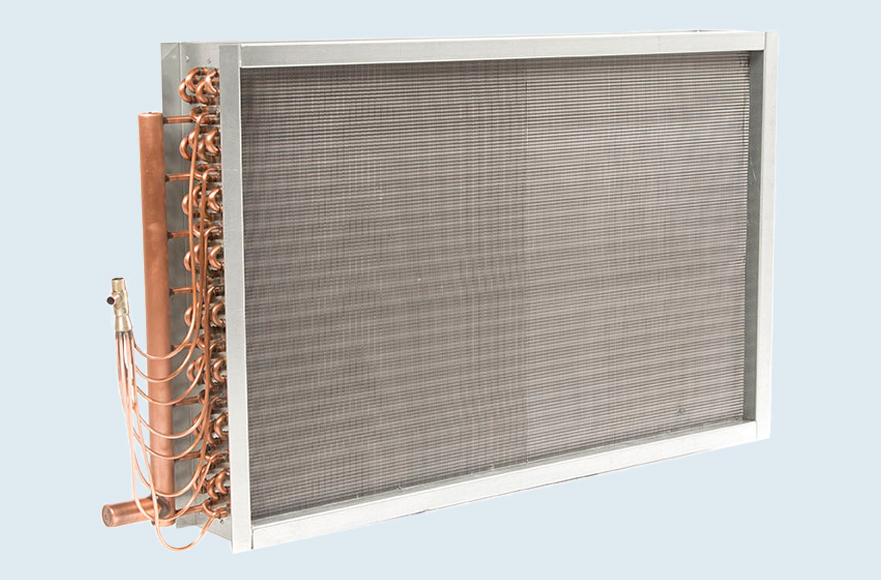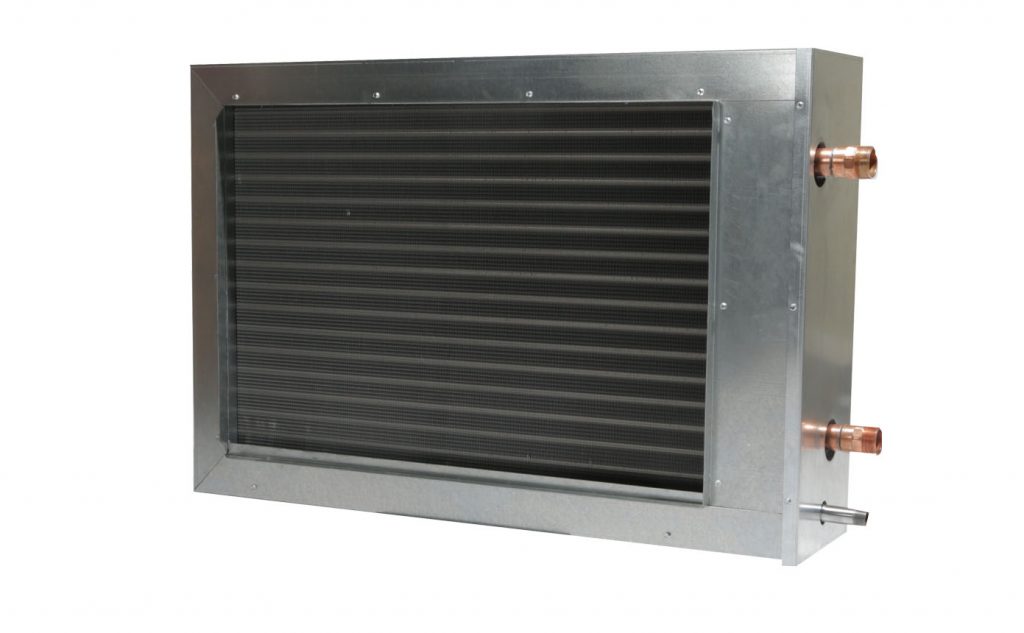How Can the “Appearance” of a Coil Leak Determine the Cause?

When you determine there is a hairline crack on a tube that is located very close to a header joint, what might this tell you?
- Adverse pressure issue
- Freeze damage
- Stress corrosion
- Brazed joint issue
Hairline cracks are normally found in the direction the tubes run. When looking at the tube from the header end, they are located at about 9 o’clock. These hairline cracks are usually found on steam coils. The answer is (c) stress corrosion. What causes this? The cyclical stress placed on a tube connected to a header causes the tube to move independently from the header. This alone will not cause the failure. There must be a contaminant; i.e., oxygen, carbon dioxide or ammonia in the steam. The cyclical stress, together with one or more of the above contaminants, can create the hairline crack(s).
When you see a leak(s) appear at or near a tube sheet (on the end of the coil and/or the intermediate tube sheet), what caused it?
- Adverse temperature
- Vibration
- Freeze event
- Piping weight
There are two good answers above. It isn’t adverse temperature or a freeze event. It is either (b) excess vibration or (d) piping weight. Vibration is often the issue with condenser coils and is caused by vibrating compressors and/or condenser fans. The piping weight can also be an issue when the excess weight pulls the tube down causing a failure at the tube sheet. The appearance of this failure will look like a tube cut around the entire circumference. The piping and other hardware must be independently secured.
True or False? A freeze-damaged coil is based on the expansion of the frozen liquid inside the coil?
The answer is (false). A freeze-damaged coil shows a bloated tube or bend with a crack in the middle of the bloated area. It is caused by an increase of pressure as the liquid changes to a solid. During this transformation, the pressure inside the coil continues to increase until the weakest area of the coil fails. The weakest area of the coil is the longest radius of the return bend.

What causes pinholes in the tubes?
- Water or condensate issues
- Airside fouling
- Tube quality
- Adverse pressure
Poor tube quality will show up within a matter of hours of installation. Also, airside fouling (corrosion) and adverse pressure wouldn’t create pinholes. The answer is (a) water or condensate issues. Pinholes normally develop on the lower portion of the tube and can be very irregular and “ratty” looking when observed under a microscope. Water and condensate can have issues when they have been treated over a long period of time. Clean liquid can develop a rising level of corrosive agent(s) that cause pinholes to suddenly appear.
Upon physical examination of a coil that has been in service for 3 to 4 months, you see the tubes weeping with more water than a normal dehumidifying coil. You believe there are holes, but you can’t physically see them. What is causing the failure of the tube?
This common form of corrosion is known as “formicary corrosion”. It develops in a short period and is related to building materials and commercial products that could be present in the environment in and around an air conditioning system. An example would be hair spray and is commonly found in the Ladies Restroom of commercial establishments. Also, evaporative oils used in the process of the fin to tube bond can be part of the problem.


